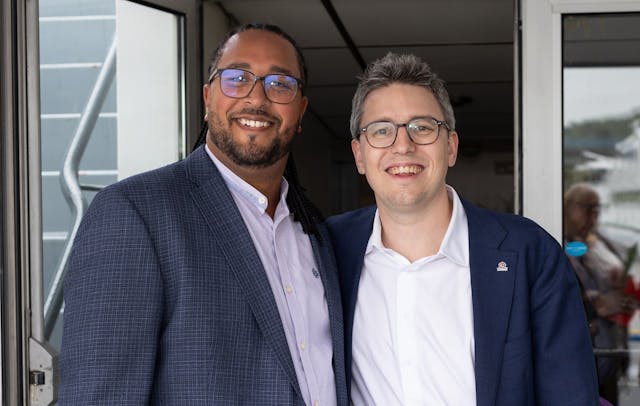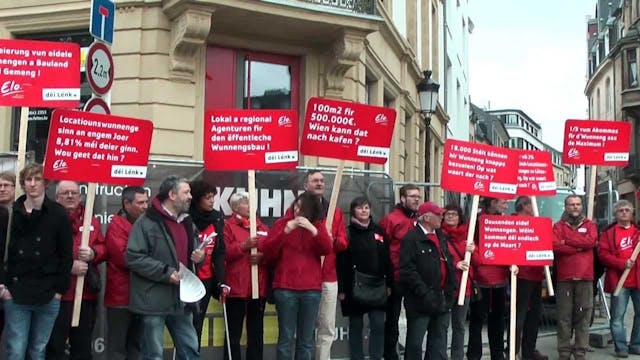Schengen - 40 years without borders: history, museum and lessons for the future

Hartono Creative Studio
On 14 June 1985, on board the Princess Marie-Astrid moored in the middle of the Moselle, five states - Germany, France, Belgium, the Netherlands and Luxembourg - signed an agreement that changed the face of Europe. Forty years later, and now, in June 2025, this event was celebrated on the same spot where the history of a Europe without internal borders symbolically began.
The Grand Duke of Luxembourg, Princess Marie-Astrid and Archduke Christian of Austria were in attendance. Deputy Prime Minister and Minister of Foreign Affairs Xavier Bettel and Minister of Economy Lex Delles spoke on behalf of the government. In his speech, Bettel called the agreement "one of the most tangible achievements of European integration", emphasising that freedom of movement is not just a right, but the foundation of the EU's common market and competitiveness.
Two premieres took a special place in the programme. Firstly, a new exhibition was opened at the European Schengen Museum, the centrepiece of which was the Cube, an installation symbolising the overcoming of borders, both physical and mental. The concept was created by the Migliore+Servetto studio and the Karmachina collective, who won an international competition.
Secondly, the Prinzessin Marie-Astrid Europa floating museum, modernised and equipped with electric motors, was unveiled after an extensive renovation. The interior of the vessel includes an immersive reconstruction of the hall where the historic ceremony took place. The vessel is now moored next to the museum and can set sail again if necessary. This project is not only about history, but also about the future: as Delles stated, "peace and co-operation are not a given, they must be built and protected".
The Schengen Agreement has become not just a symbol of freedom, but also an important instrument of cross-border integration. According to statistics, about 3.5 million border crossings are made every day in the Schengen area, and 1.7 million people live in one country and work in another. This makes Schengen a crucial factor in both the economic and social cohesion of the region.
The year 2025 also marks the 65th anniversary of free movement within Benelux, the predecessor and inspiration for the Schengen area. Luxembourg and its neighbours emphasise that it was Benelux that became the "laboratory of European integration" whose ideas were reflected in wider European projects.
The reconstruction of the museum and the ship is not only an act of remembrance, but also an element of Luxembourg's tourism strategy, where memory tourism is playing an increasingly important role. Visitors are offered not just a guided tour, but an immersion in European history built on ideas of peace, unity and freedom of movement.
Thus, the anniversary was not only a cause for celebration, but also a reminder: borders can be erased not only on the map, but also in the mind. And Schengen, which began as an agreement on movement, has become the foundation of the European way of life.





